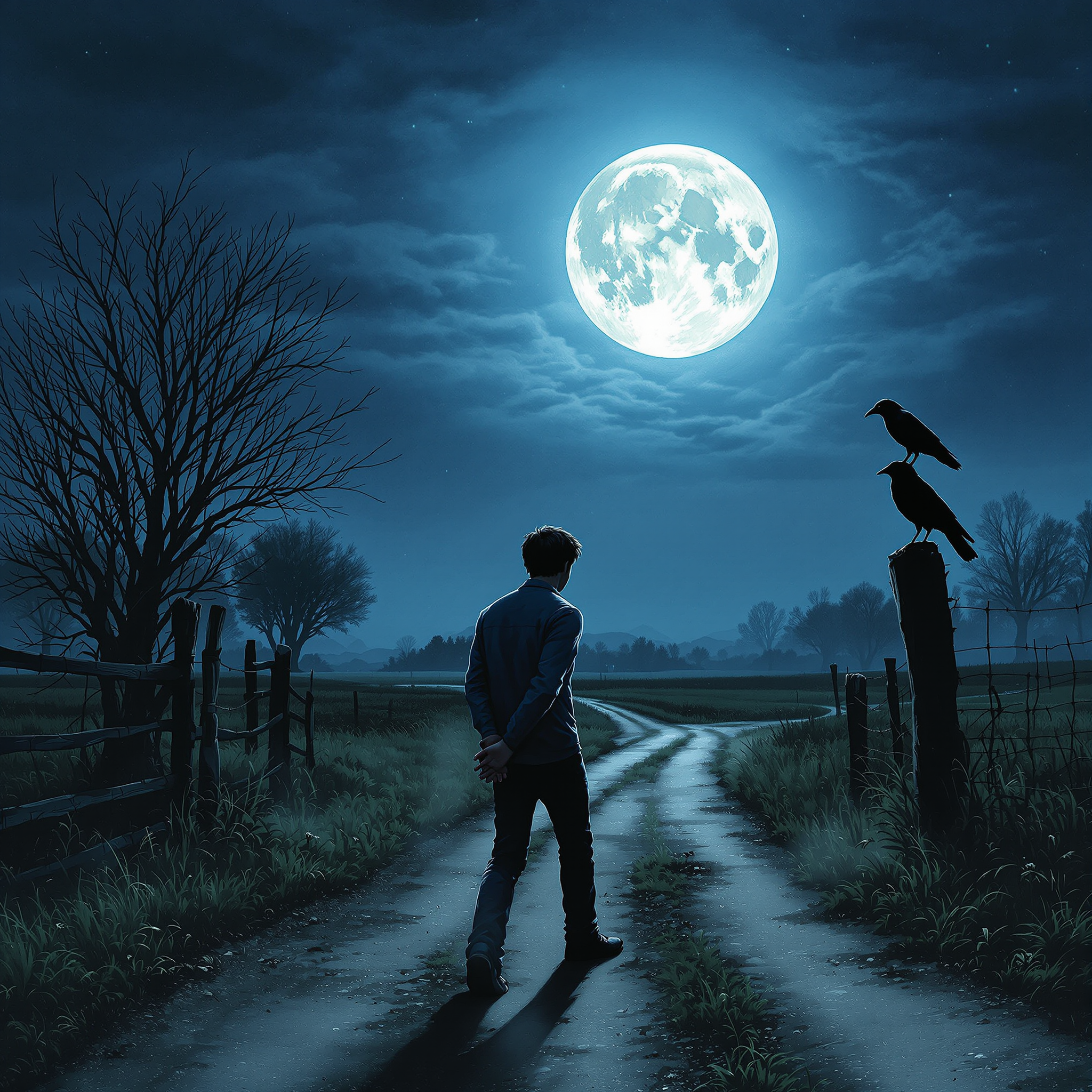This superstition dictates that one should never look at the moon over the right shoulder, as it is believed to usher in misfortune or negativity. Should one accidentally do so, a reversal ritual is to be performed immediately:
– Turn the body around completely,
– Take three deliberate backward steps,
– Keep both hands clasped behind the back throughout,
– Finally, look at the moon again—but this time over the left shoulder.
This ritual is believed to counteract the inauspicious effect of the initial misstep, restoring cosmic and personal balance. The number three in the backward steps may hold symbolic meaning, as it often represents completeness or protection in folklore. The emphasis on directionality—right versus left—reflects the long-standing cultural associations of the left side with auspiciousness and the right side with unpredictability.

A baby’s future career or fate is predicted by the first object they select during a ceremonial setup.
In several Asian and Eastern European cultures, a traditional ceremony is held for babies usually around their first birthday. Known


